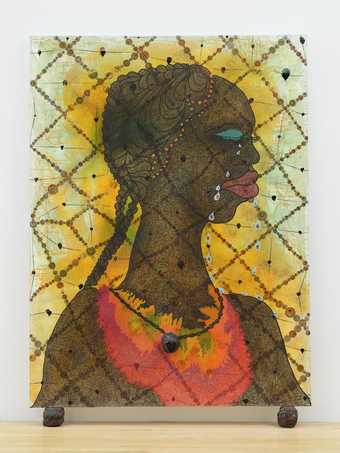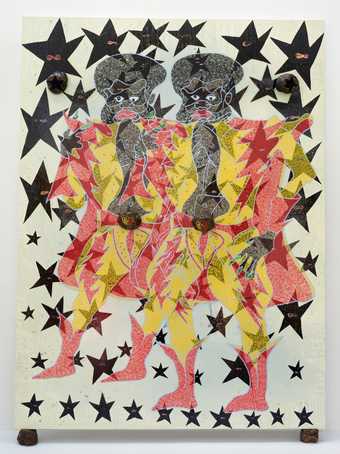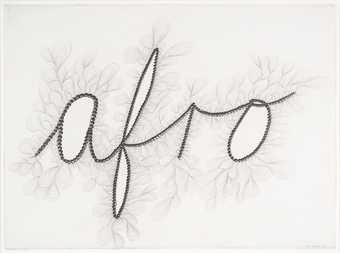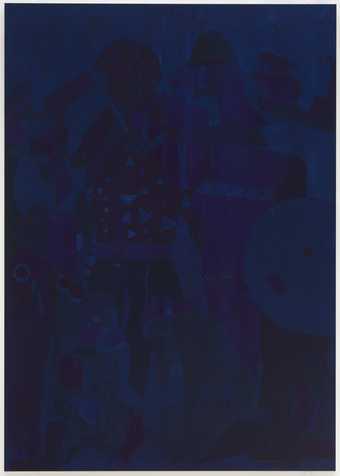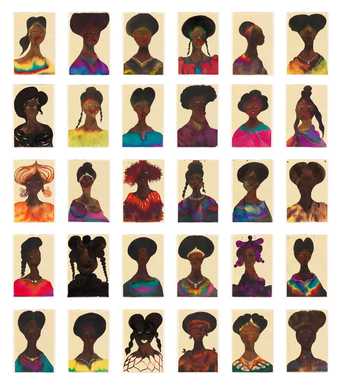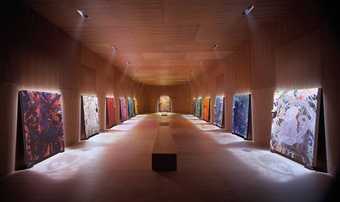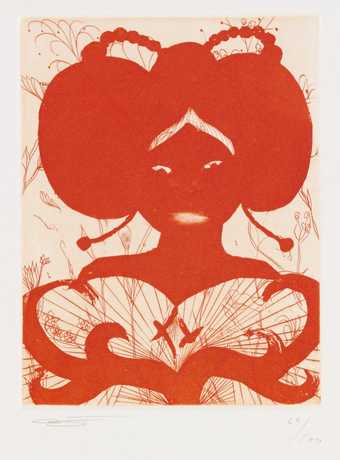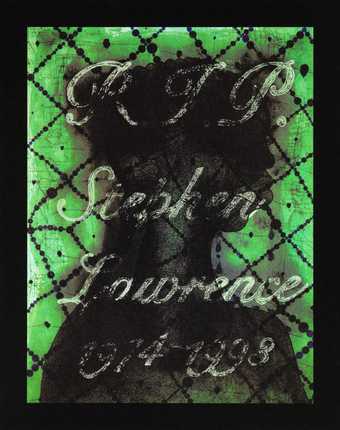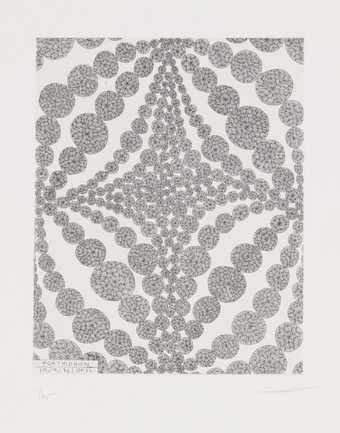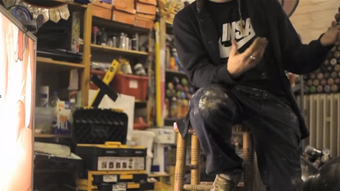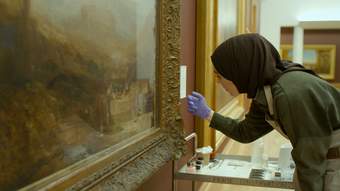We were interested in the long-term care of the Chris Ofili paintings because he uses unconventional materials. Obviously the elephant dung balls, and also the polyester resin. We wanted to experiment with the materials, and the best way of doing this seemed to us to make a replica which we could then subject to tests, because obviously we can’t test the original material.
We went to extreme lengths to get all the right materials. We used the same suppliers, and we made sure that the brands of paint were the same. I was told we were getting the dung from exactly the same elephant.
At the beginning of the project, we found out that the canvas that he used is discontinued, so we couldn’t buy it from the normal supplier. So he very kindly found some old rolls of the same canvas and donated them to us. Chris applies up to four layers of priming, and he smoothes each one by sanding it down to like a marble smoothness. And then on top of that he draws a graphic, often quite intricate, design. We didn’t go to the length that the artist did because a lot of it is covered with the layer that goes on top, which is acrylic paint, in a really nice, swirly, psychedelic design, with every colour of the rainbow. And on top of that it’s very dilute oil paint which is dripped down the surface, and once that’s dry, he creates a sort of foliage background. That foliage background is painted in oil paint that he scratches through, so that you can see some of the colours underneath. So once the foliage is finished, then we attached the dung ball, which has been drying out, and that’s attached using a hot glue gun. The next stage was to apply the polyester resin, and that’s really nasty stuff.
The reason for making the full size replica is, we’re going to drop it and see at what drop height the resin will crack, or the dung ball will fall off.
We’ve made some canvases on which we painted out Chris’s materials from all the different paints, and the felt pen that he uses, and also the phosphorescent medium, and we’re going to subject it to artificial aging. Intense light will be thrown on it 24 hours a day, 7 days a week for several months to see what the materials will look like in about 50 to 100 years’ time.
By having seen so many and made them myself, I feel really well informed of how they are made, and so that if there is anything that doesn’t quite look right, I understand it better – like if there’s a crack, I can maybe work out where it’s come from or how it was formed. You always end up really enjoying an artwork when you know more about it.


